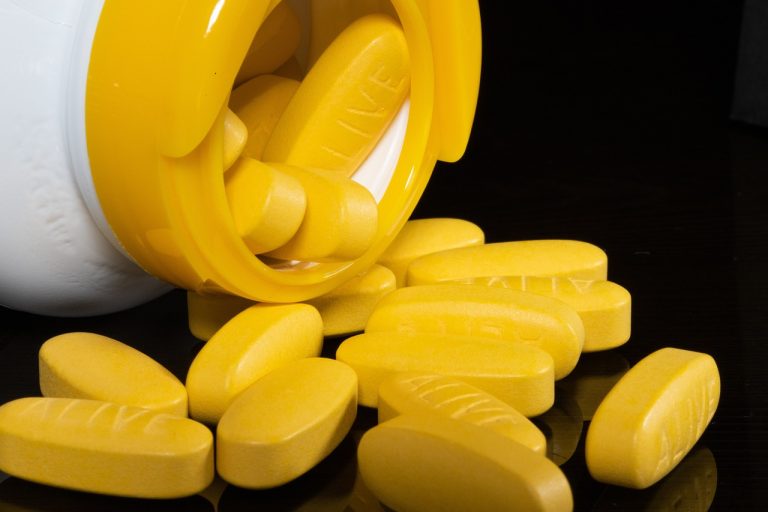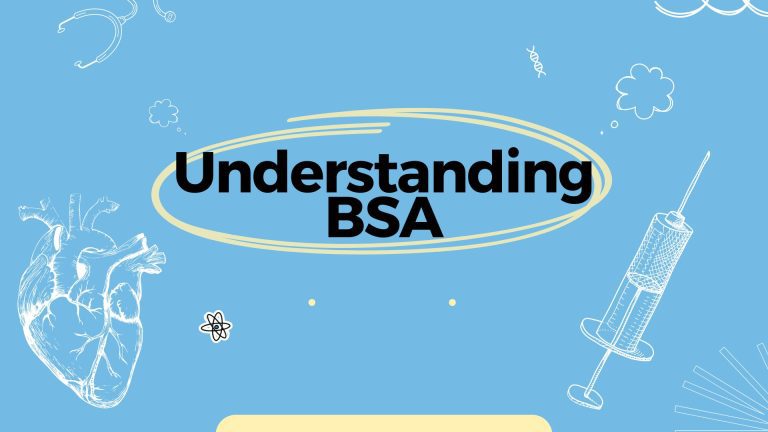Book Appointment Now

Understanding Solid Dosage Forms for PTCE Success
Solid dosage forms, including tablets, capsules, and powders, are a cornerstone of pharmacy practice and a significant focus of the PTCE. They are among the most common medication administration methods.
Understanding their characteristics, benefits, and handling requirements is crucial for any aspiring pharmacy technician.
What are Solid Dosage Forms?
Definition
Solid dosage forms are pharmaceutical products in solid form designed for oral or other routes of administration. They include tablets, capsules, powders, granules, lozenges, troches, and suppositories, each formulated for specific therapeutic uses.
Types of Solid Dosage Forms
| Type | Definition | Examples | Advantages | Disadvantages | Applications |
|---|---|---|---|---|---|
| Tablets | Compressed solid dosage form | Immediate-release, extended-release | Precise dosing, stability | Swallowing difficulty | Oral medications, sublingual tablets |
| Capsules | Gelatin or HPMC shell containing medication | Hard capsules, soft gels | Masking taste, ease of swallowing | Gelatin sensitivity, humidity issues | Oral medications, supplements |
| Powders | Finely divided solid particles | Powdered medications for suspension | Versatile, can mix with liquids | Dosing accuracy, patient compliance | Oral suspensions, inhalation powders |
| Granules | Aggregates of powder particles | Effervescent granules, reconstitution | Improved flow properties, stability | Limited dosing flexibility | Oral suspensions, effervescent meds |
| Lozenges | Solid forms intended to dissolve in the mouth | Cough lozenges, nicotine troches | Local effect in mouth, ease of use | Slow onset of action | Throat soothing, nicotine replacement |
| Suppositories | Solid forms for insertion into body cavities | Rectal, vaginal suppositories | Bypasses digestive system | Patient discomfort, storage issues | Pain relief, hormone delivery |
Tablets
Tablets are compressed solid dosage forms designed for oral administration. They come in various forms, including immediate-release and extended-release.
- Examples: Immediate-release, extended-release.
- Advantages: Offer precise dosing and are highly stable.
- Disadvantages: Some patients may find them difficult to swallow.
- Applications: Commonly used for oral medications and sublingual tablets.
Capsules
Capsules consist of a gelatin or HPMC shell that contains the medication. They are designed to mask the taste and make swallowing easier.
- Examples: Hard capsules and soft gels.
- Advantages: Taste-masking and ease of swallowing.
- Disadvantages: Sensitivity to gelatin and stability issues in humid conditions.
- Applications: Ideal for oral medications and dietary supplements.
Powders
Powders are finely divided solid particles that can be used in various ways, such as mixing with liquids or applying topically.
- Examples: Powdered medications for suspension, topical powders.
- Advantages: Highly versatile and can be mixed with liquids.
- Disadvantages: Challenges in dosing accuracy and patient compliance.
- Applications: Used in oral suspensions and inhalation powders.
Granules
Granules are aggregates of powder particles, often used to improve flow properties and stability.
- Examples: Effervescent granules, granules for reconstitution.
- Advantages: Better flow properties and stability.
- Disadvantages: Limited flexibility in dosing.
- Applications: Often used in oral suspensions and effervescent medications.
Lozenges and Troches
Lozenges and troches are solid forms that dissolve slowly in the mouth, providing local or systemic effects.
- Examples: Cough lozenges, nicotine troches.
- Advantages: Provide a local effect and are easy to use.
- Disadvantages: Slow onset of action.
- Applications: Commonly used for throat soothing and nicotine replacement therapy.
Suppositories
Suppositories are solid dosage forms designed for insertion into body cavities, such as the rectum or vagina.
- Examples: Rectal suppositories, vaginal suppositories.
- Advantages: Bypass the digestive system, offering local or systemic effects.
- Disadvantages: Potential for patient discomfort and specific storage requirements.
- Applications: Used for pain relief and hormone delivery.
Advantages and Disadvantages of Solid Dosage Forms
Advantages
- Stability and Longer Shelf Life: Solid dosage forms are generally more stable and have a longer shelf life than liquids, making them ideal for long-term storage.
- Precise Dosing: These forms offer precise and consistent dosing, essential for ensuring therapeutic effectiveness.
- Convenience and Portability: They are easy to handle, store, and transport, making them convenient for both patients and healthcare providers.
- Variety of Administration Routes: Solid dosage forms can be administered orally, rectally, or vaginally, providing versatility in treatment options.
Disadvantages
- Difficulty Swallowing for Some Patients: Some individuals, particularly children and the elderly, may have difficulty swallowing pills.
- Delayed Onset of Action Compared to Liquids: Solids generally take longer to break down and be absorbed, resulting in a slower onset of action.
- Limited Flexibility in Dosing: Adjusting doses can be more challenging compared to liquid forms.
- Potential for Gastrointestinal Irritation: Some solid forms can cause irritation or discomfort in the gastrointestinal tract.
Common Issues and Solutions
Swallowing Difficulties
- Issue: Difficulty swallowing solid forms.
- Solution: Use liquid alternatives or teach techniques to make swallowing easier (e.g., tilting head back, drinking water). For more information on liquid dosage forms, visit Understanding Liquid Dosage Forms.
Dosing Errors
- Issue: Risk of incorrect dosing.
- Solution: Use accurate tools and follow prescription instructions carefully. For conversion tips, refer to the Pharmacy Conversion Chart.
Stability Concerns
- Issue: Degradation of medication.
- Solution: Store as recommended, avoid exposure to extreme conditions.
Resources
For more detailed information, check out these resources:
Subscribe for more tips and insights. Share your thoughts or questions in the comments to engage with fellow learners.

Founder of the PTCBFreePracticeTest.com.



